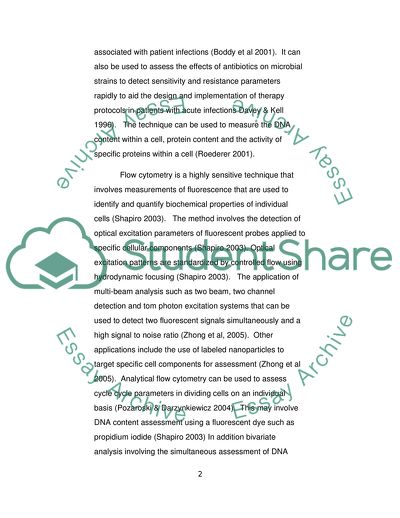Cite this document
(Applications of Gel Electrophoresis and Flow Cytometry Methodologies Coursework, n.d.)
Applications of Gel Electrophoresis and Flow Cytometry Methodologies Coursework. Retrieved from https://studentshare.org/medical-science/1731517-two-techniques-in-use-in-hospitals-laboratory
Applications of Gel Electrophoresis and Flow Cytometry Methodologies Coursework. Retrieved from https://studentshare.org/medical-science/1731517-two-techniques-in-use-in-hospitals-laboratory
(Applications of Gel Electrophoresis and Flow Cytometry Methodologies Coursework)
Applications of Gel Electrophoresis and Flow Cytometry Methodologies Coursework. https://studentshare.org/medical-science/1731517-two-techniques-in-use-in-hospitals-laboratory.
Applications of Gel Electrophoresis and Flow Cytometry Methodologies Coursework. https://studentshare.org/medical-science/1731517-two-techniques-in-use-in-hospitals-laboratory.
“Applications of Gel Electrophoresis and Flow Cytometry Methodologies Coursework”. https://studentshare.org/medical-science/1731517-two-techniques-in-use-in-hospitals-laboratory.


